Best TVs for gaming in 2025: TVs for PS5, Xbox Series X, PCs and more
These are the best TVs for gaming for PS5 and Xbox Series X
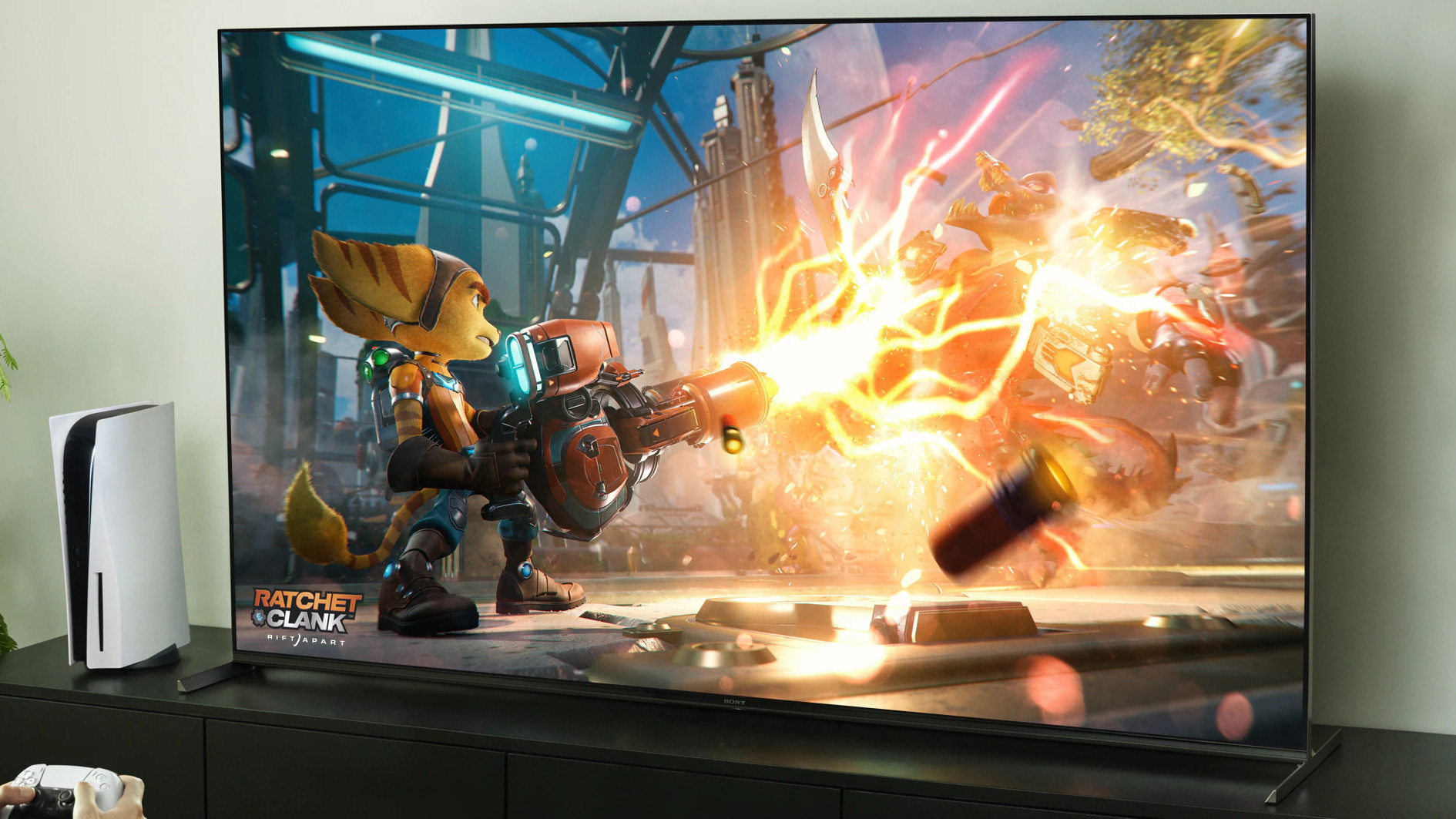
The best gaming TVs give you the keys to unbridled play. They should offer you the best features and specs to match fast-paced first person shooters as much as those slower RPGs, with enough oomph in the speakers to immerse you in those digital worlds.
We've not only got years of extensive knowledge on TVs but also gaming reviews, monitors, and the like. We know just what it takes to deliver an exceptional experience when on the hunt for a gaming TV. Our following list will also take into account TV prices, as well, so you won't be shelling an exorbitant amount on your next premium gaming display.
Although OLED TVs tend to be some of the best gaming TVs, there are plenty of serious Mini-LED models that make the cut. One particular spec you'll want to look out for is either a 120Hz or 144Hz refresh rate, the former of which being particularly ideal for console players. You may also want support for Nvidia G-Sync and/or AMD FreeSync if you're planning on connecting a PC to the TV.
The three most important aspect of the best gaming TVs are the up to four HDMI 2.1 ports, low input latency, and ideally the inclusion of a Gaming Hub. This will streamline everything from settings to picture enhancements while even offering access to several cloud gaming platforms, giving you the full suite of options to play with. Read on below to see which come out on top.
The quick list
Here's a quick overview of the best TVs for gaming you can buy right now based on our testing and reviews. And keep up on scrolling if you want to see our in-depth analysis of all the top TVs for every budget.
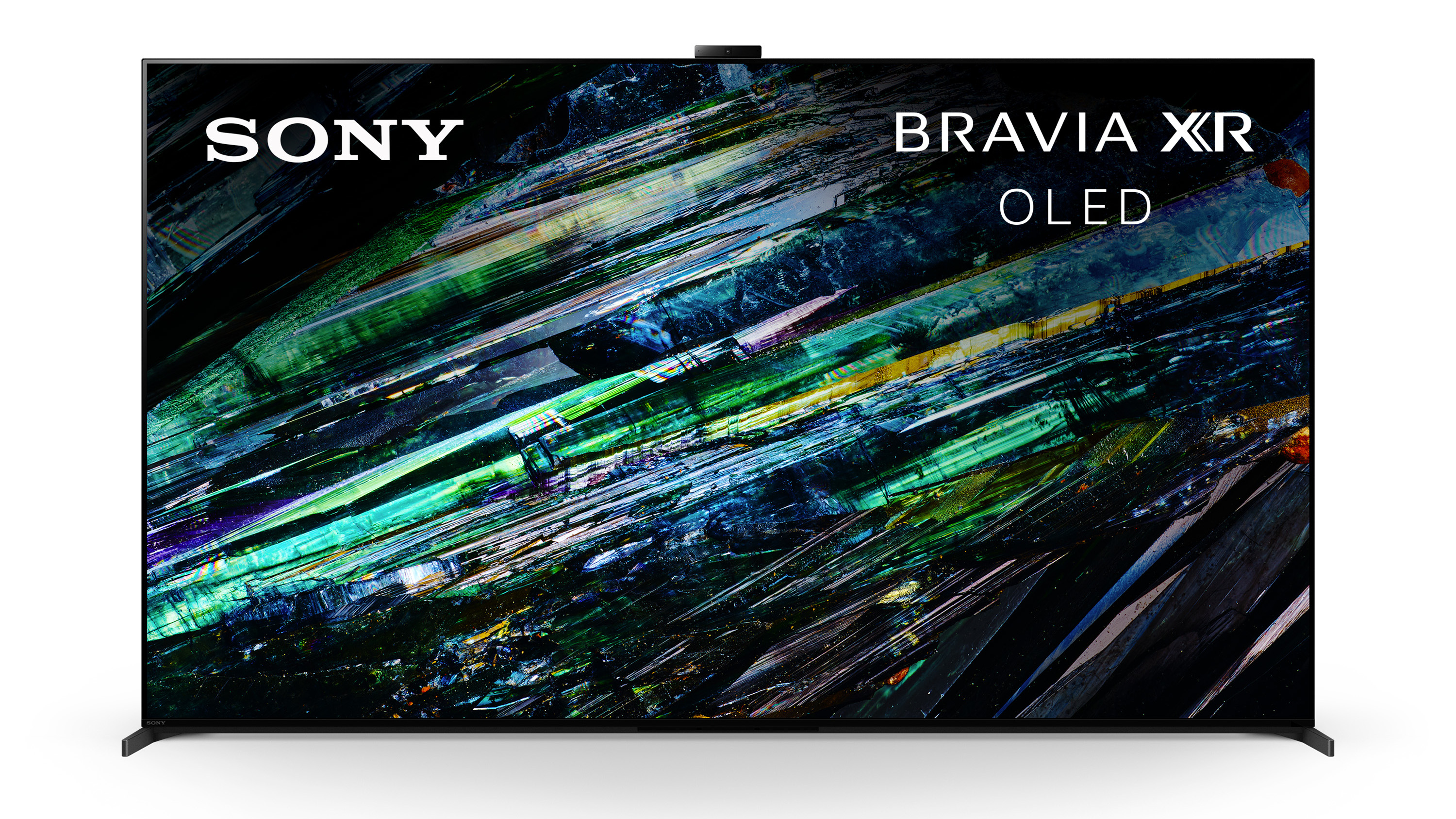
With its own PlayStation hardware used by millions for gaming, it comes as no surprise to see Sony at the top of the best TVs for gaming with its A95L QD-OLED masterpiece. It's got every gaming feature under the sun, built on its 120Hz refresh rate with VRR and several PS5 exclusive features, like Auto HDR Tone Mapping and Auto Genre Picture Mode.
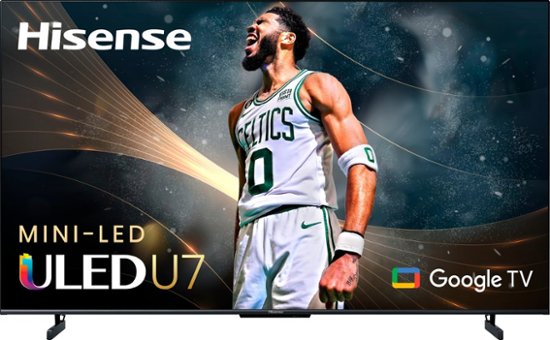
Mini-LED TVs are fast becoming the new best way to experience gaming on a budget. The poster child of this success is the Hisense U7K Mini-LED TV, last year's mid-tier offering that still wills out with some exciting features like its 144Hz Game Mode Pro, ALLM support, and AMD FreeSync compatibility. It helps to also have a well-rounded speaker system, which most TVs tend to lack.
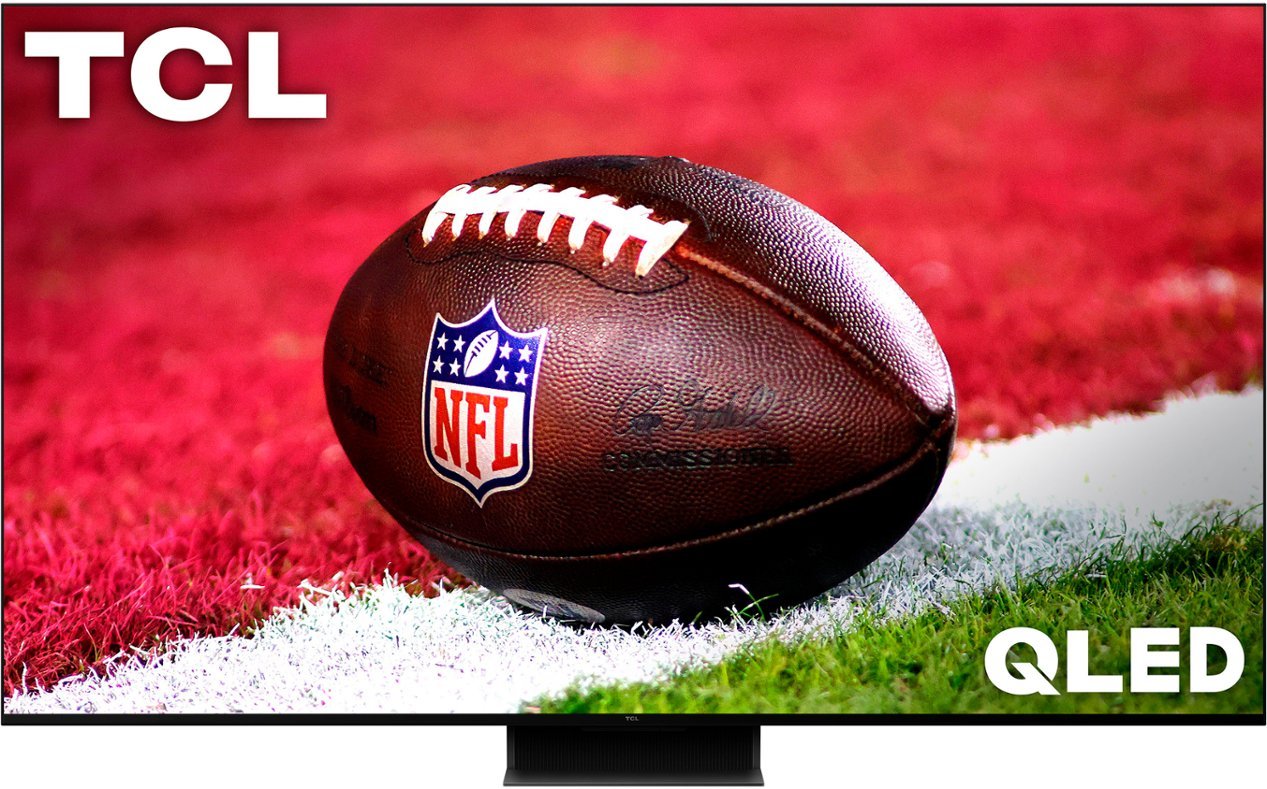
For just $900, the TCL QM8 makes itself known as a steal for those looking to get ample gaming features without a high premium. It comes with support VRR and ALLM, plus is one of the brightest TVs we've ever tested. An input latency of 13ms makes it prime for its price for any gamer looking to make the most out of their console or PC gaming.
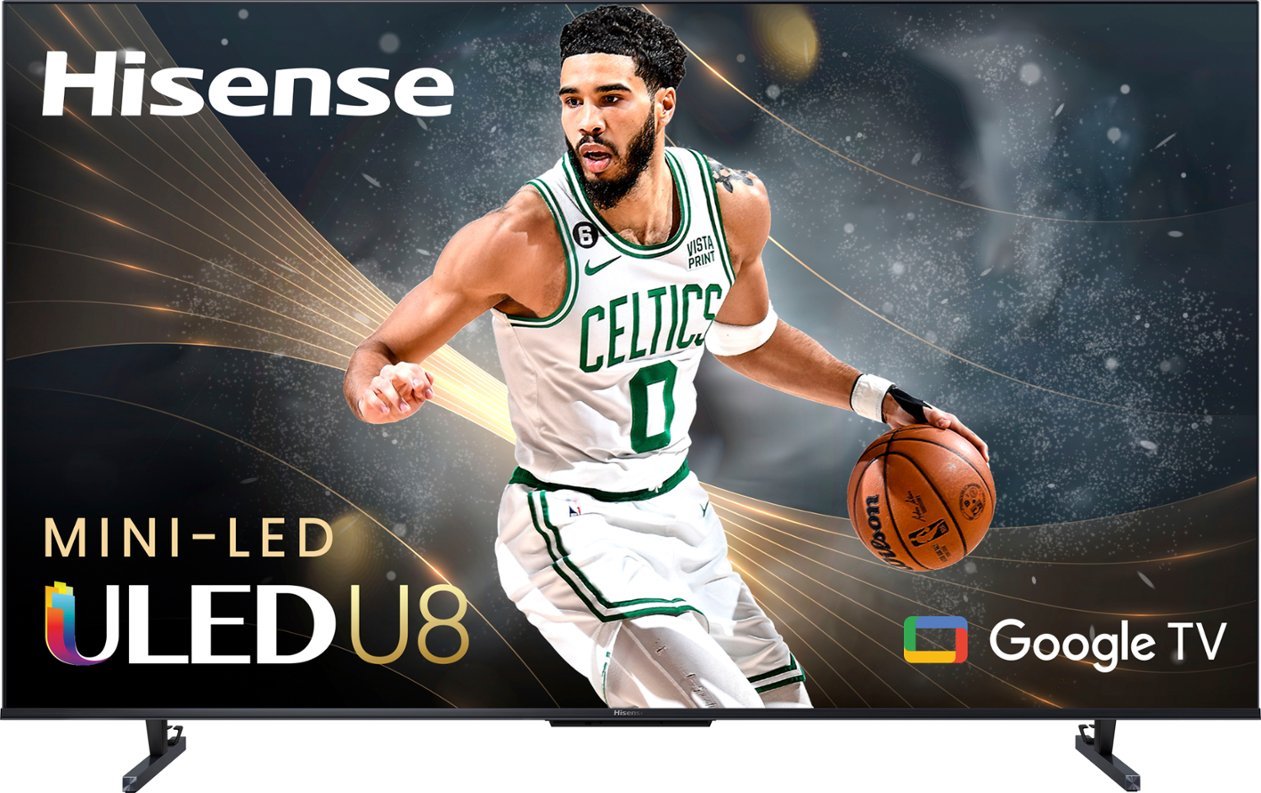
So it might not be quite as cheap as it mid-tier counterpart, but the Hisense U8K is still among the best gaming TVs with incredible brightness performance in tandem with several gaming features that make it ideal for console and PC players alike. It doesn't have the highest Delta-E, or color accuracy, but that won't effect your gaming too much.
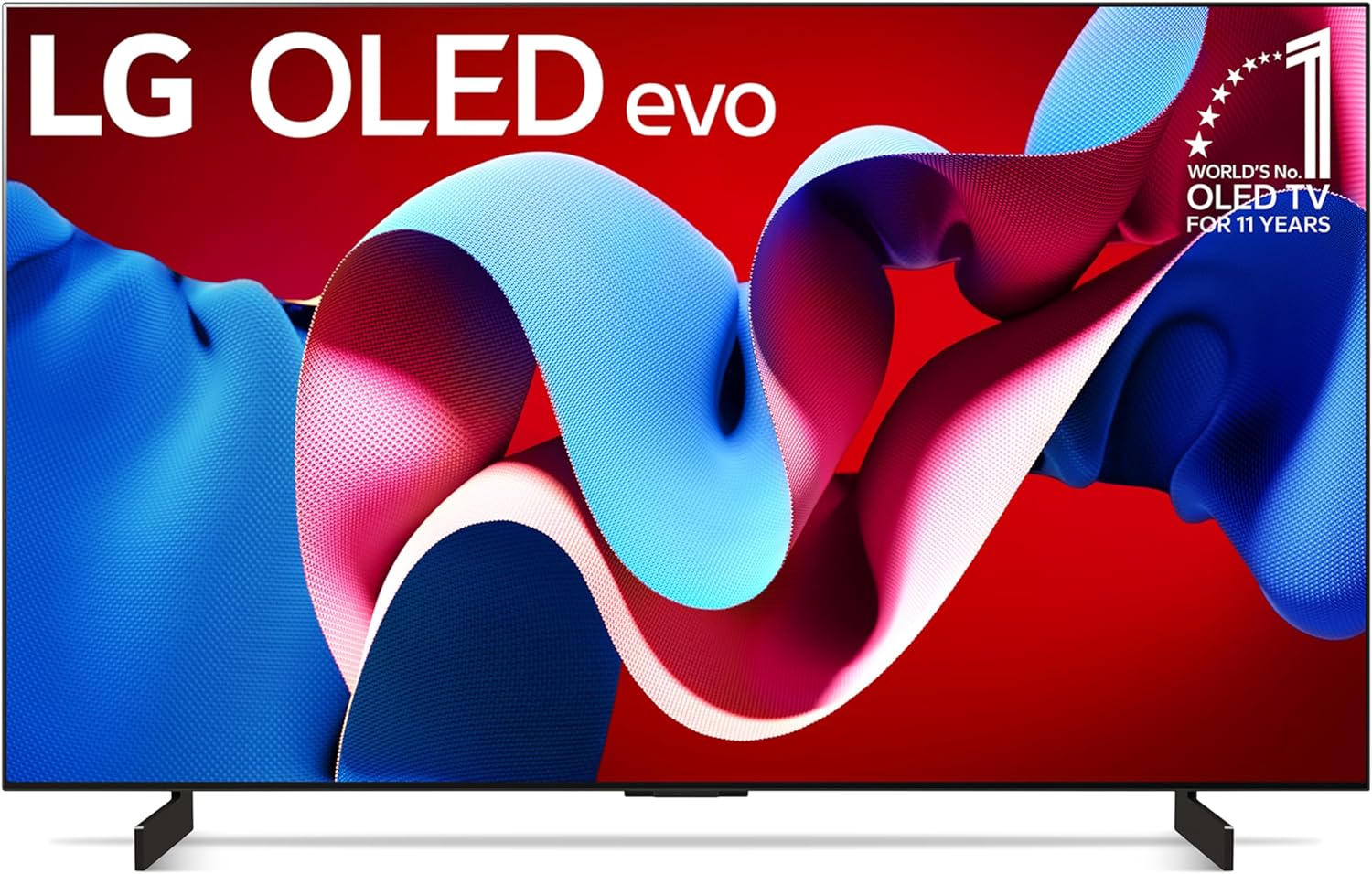
There's no denying that LG makes some of the best OLED TVs and its C4 OLED is its prime gaming model. It's made for practically everyone with a 144Hz refresh rate, Dolby Atmos support, and a full Game Optimizer for making quick adjustments on the fly. In our testing, we found the LG C4 has one of the lowest input latencies at just 9.2ms.
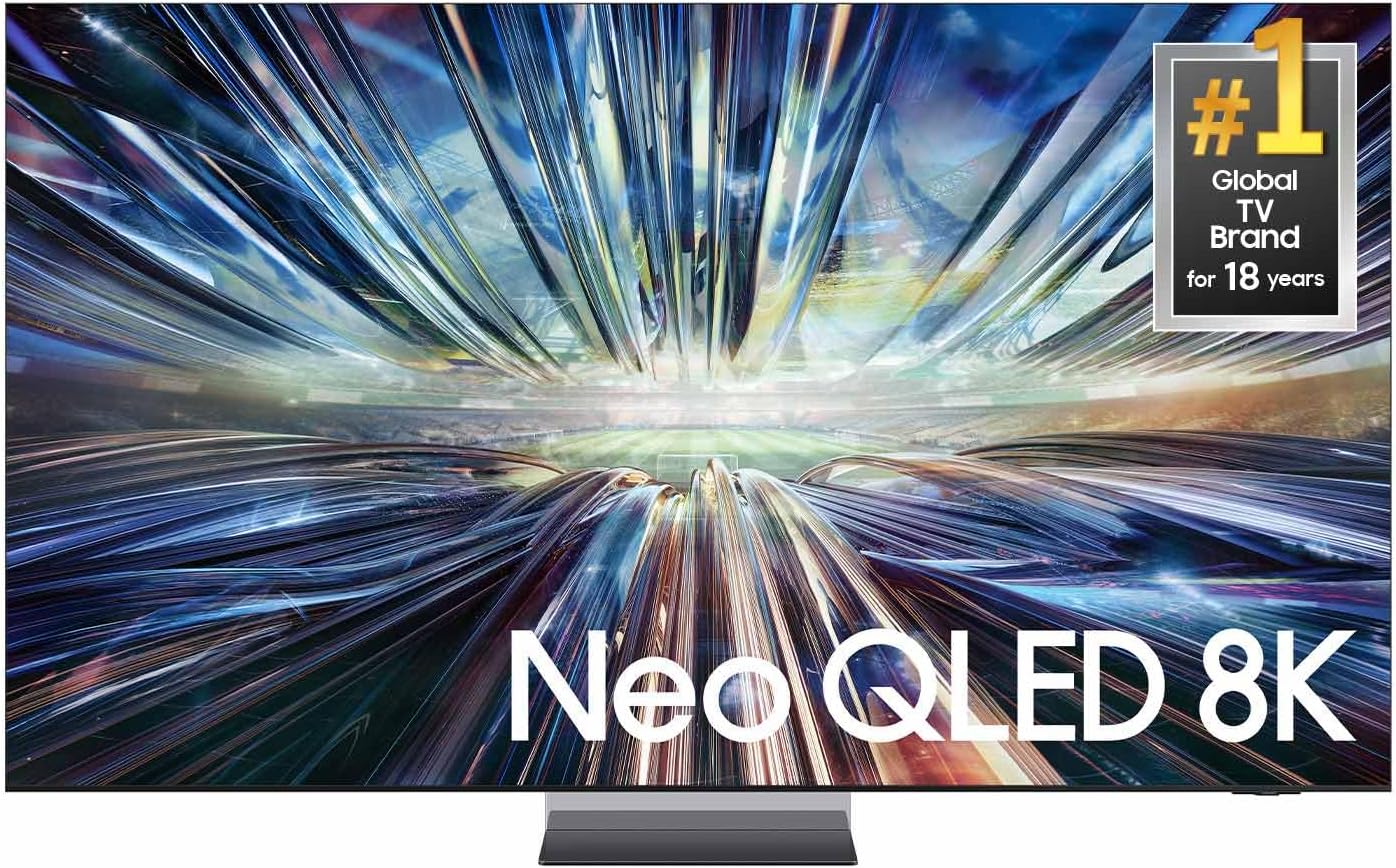
There's not a whole lot of 8K content out there, but the Samsung QN900D makes it all worth the upgrade. It's built for the future of gaming with a ton of awesome specs that meet the needs of both PC players and console gamers alike with a 144Hz refresh rate and Samsung's beloved Gaming Hub.
The best gaming TVs available right now
Why you can trust Tom's Guide
Best gaming TV overall

Specifications
Reasons to buy
Reasons to avoid
As maker of one of the most well-known and sought-after gaming consoles in the market, Sony being behind of the best gaming TVs should come as no surprise. Its A95L OLED is one of the most remarkable displays in the market and although it might be a tad expensive and lacking a 144Hz refresh rate, it's still more than enough juice for console and PC gamers alike.
Seeing as the Sony A95L QD-OLED is, after all, a PS5 companion piece, it leverages a well-rounded Game Menu for all of your various settings, like Variable Refresh Rate (VRR) and Motion Blur reduction. It also has four total HDMI 2.1 inputs, which means you won't have to sacrifice one or more for audio connectivity.
Beyond its gaming chops, the A95L also makes a case for itself as among the best TVs with an ATSC 3.0 tuner, which many modern displays are lacking, plus a range of HDR certifications, like Dolby Vision and HDR10.
This QD-OLED TV is anything but a steal. With a hefty price tag of around $2,500 for its 55-inch model, the Sony A95L is quite the investment even for an OLED TV, but worth its muster. If you're looking for the best possible gaming experience with several extra features to make assorted entertainment look stellar, than this is the TV to buy.
Read our full Sony Bravia XR A95L QD-OLED.
Best budget gaming TV
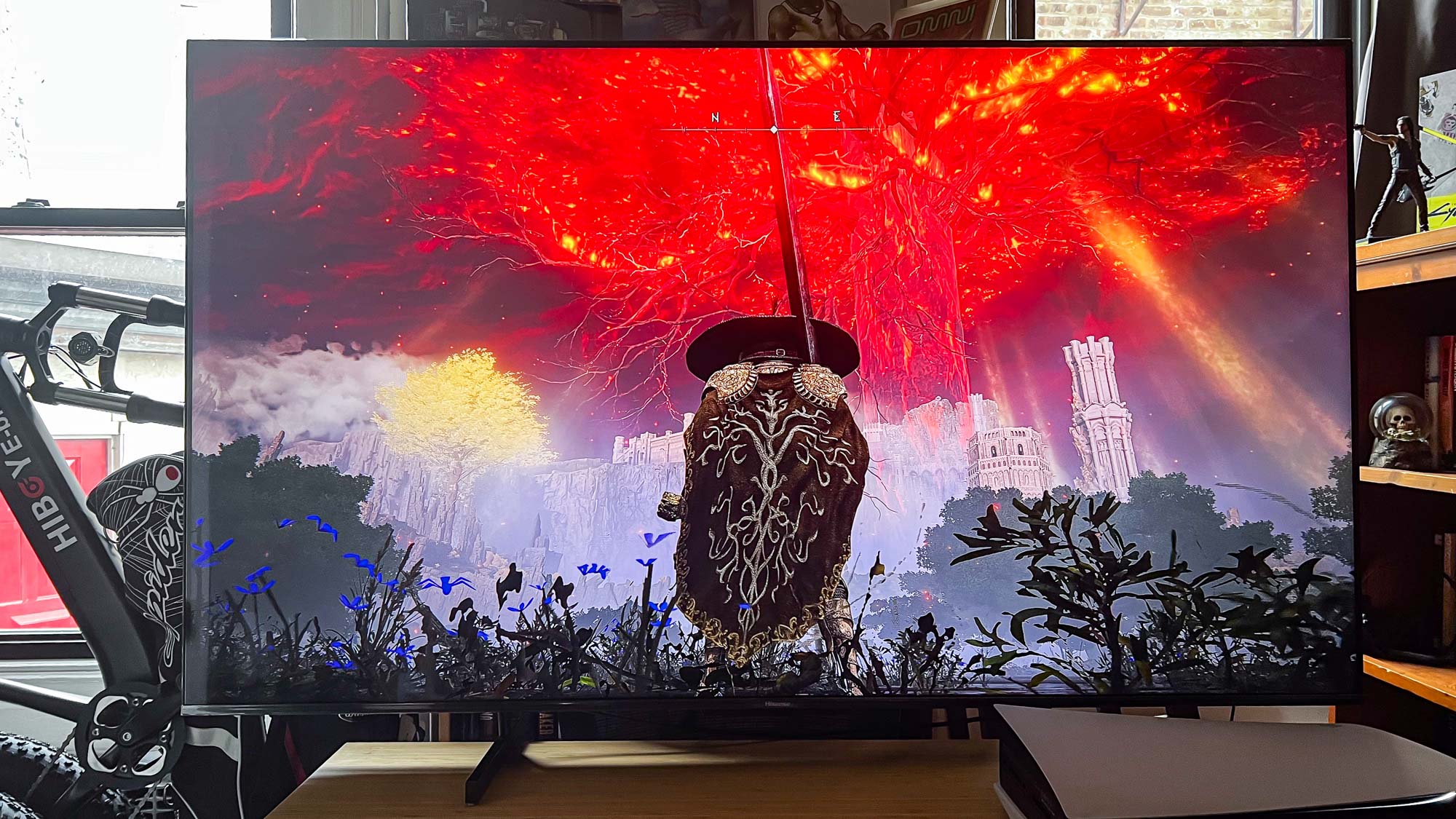
Specifications
Reasons to buy
Reasons to avoid
I had a ton of fun reviewing the Hisense U7K Mini-LED TV and although it might be last year's model, it's still a powerful option for the right buyer. It's proof you don't need the latest and greatest spec wise to meet most demands for gamers, and does well by delivering just enough value without totally breaking the bank.
This idea can best be seen in its gaming performance. From the color-drenched Lands Between of Elden Ring to the fast-paced gun-toting arena shooter of Call of Duty: Black ops 6, the Hisense U7K Mini-LED TV holds true with some serious performance and little compromises.
About the only thing you might be missing on the Hisense U7K is Nvidia’s G-Sync technology for screen tearing mitigation, but it does still have AMD's FreeSync Premium Pro for the same amount of coverage, plus a 13.2ms input latency is pretty shabby, too. The lightning-fast, mech-based action of “Armored Core VI: Fires of Rubicon” looked incredible on this display thanks to the U7K’s Dolby Vision Gaming support, which amplifies color, contrast, and brightness in HDR games for even better immersion.
The U7K is in a class of its own and its 65-inch model goes for a mere $800. Like its Sony counterpart, the Hisense U7K Mini-LED is not only just a gaming powerhouse but a true bargain that meets most TV buyers’ needs. Both PC gaming and PS5 titles stun on this display, and no matter where you play you’ll be getting ample coverage that’s rarely if ever muddled or desaturated.
The Hisense U7K even comes equipped with a handy gaming bar that lets you alter settings on the fly, like toggling VRR or adding an fps counter to the top of the screen. It might not reach the same lengths of LG’s or Samsung’s game bar, but the U7K is an apt display for its price and won’t leave you in a rut when it comes to fast-paced, colorful action.
Read our full Hisense U7K Mini-LED TV review.
Best value gaming TV
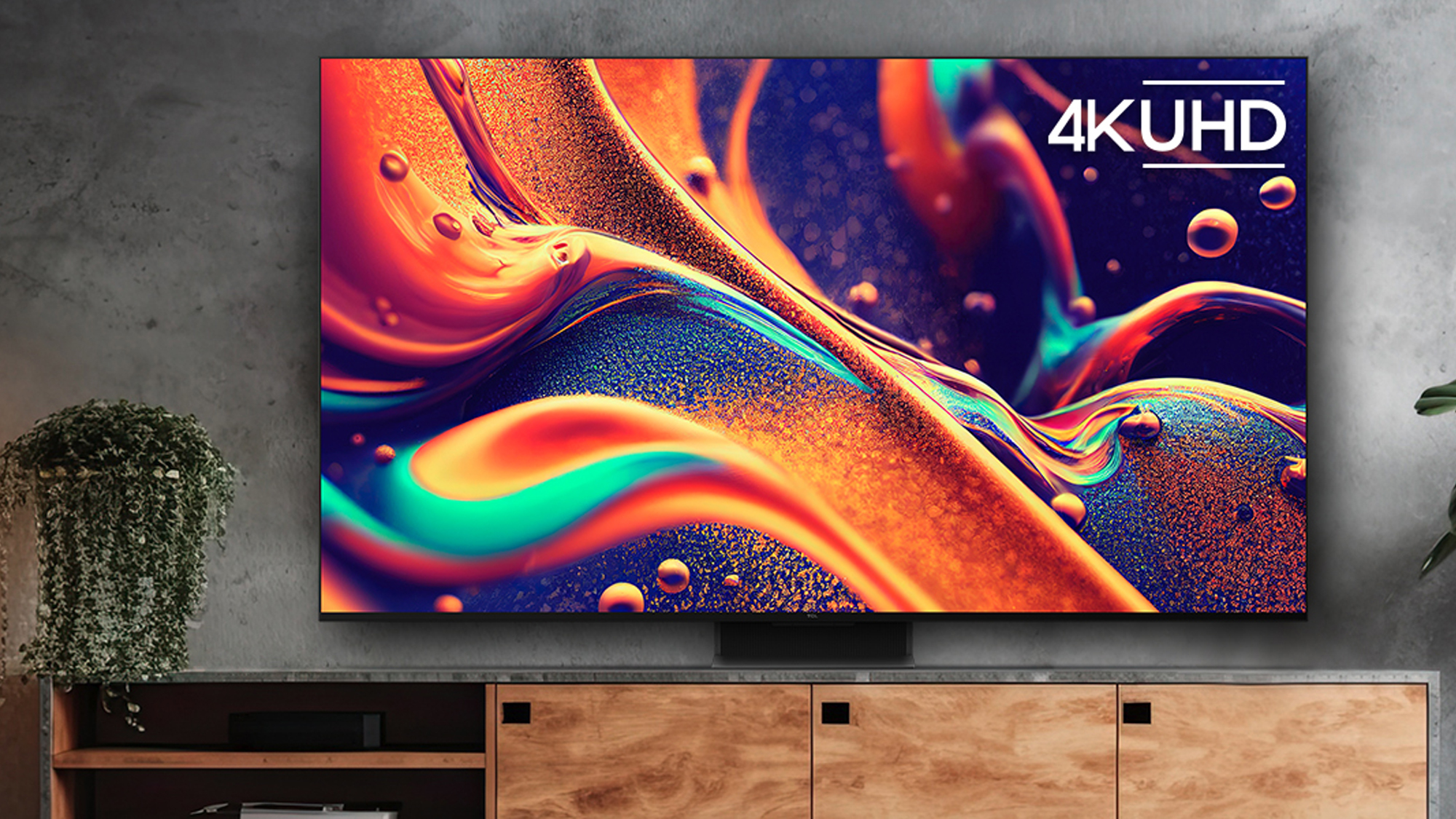
Specifications
Reasons to buy
Reasons to avoid
Last year's TCL QM8 Mini-LED TV isn't a flashy OLED but does come with notable upgrades that make it prime for gaming. A 65-inch model goes for just around $900, lumping it in similar lines with the Hisense U7K. Although it might not come equipped with the most bombastic speaker system, it still provides one of the highest brightness levels we’ve tested and has a variety of gaming-centric features that let it stand out over the competition.
The TCL QM8 isn't quite on the same level as the Hisense U8K, but it still works at a phenomenal rate, especially with a color coverage of 97.2% on the UHDA-P3 gamut in tandem with around 1,348 nits of peak brightness (specifically in Movie mode). An input lag of 13ms is a serviceable bar for gaming, especially at this price point, and the addition of 2 HDMI 2.1 inputs is great for those who might have two different systems and want to use ALLM and VRR.
That’s not all, either, as the TCL QM8 also comes equipped with some interesting gaming quirks, like a screenshot feature, crosshair, and a variety of picture presets for the most optimal playability. Want to game on one of the best PCs at 240Hz at 1080p without dropping over $1,000 for a display? This is the gaming cohort for you.
Read our full TCL QM8 Mini-LED TV review.
Best mini-LED gaming TV
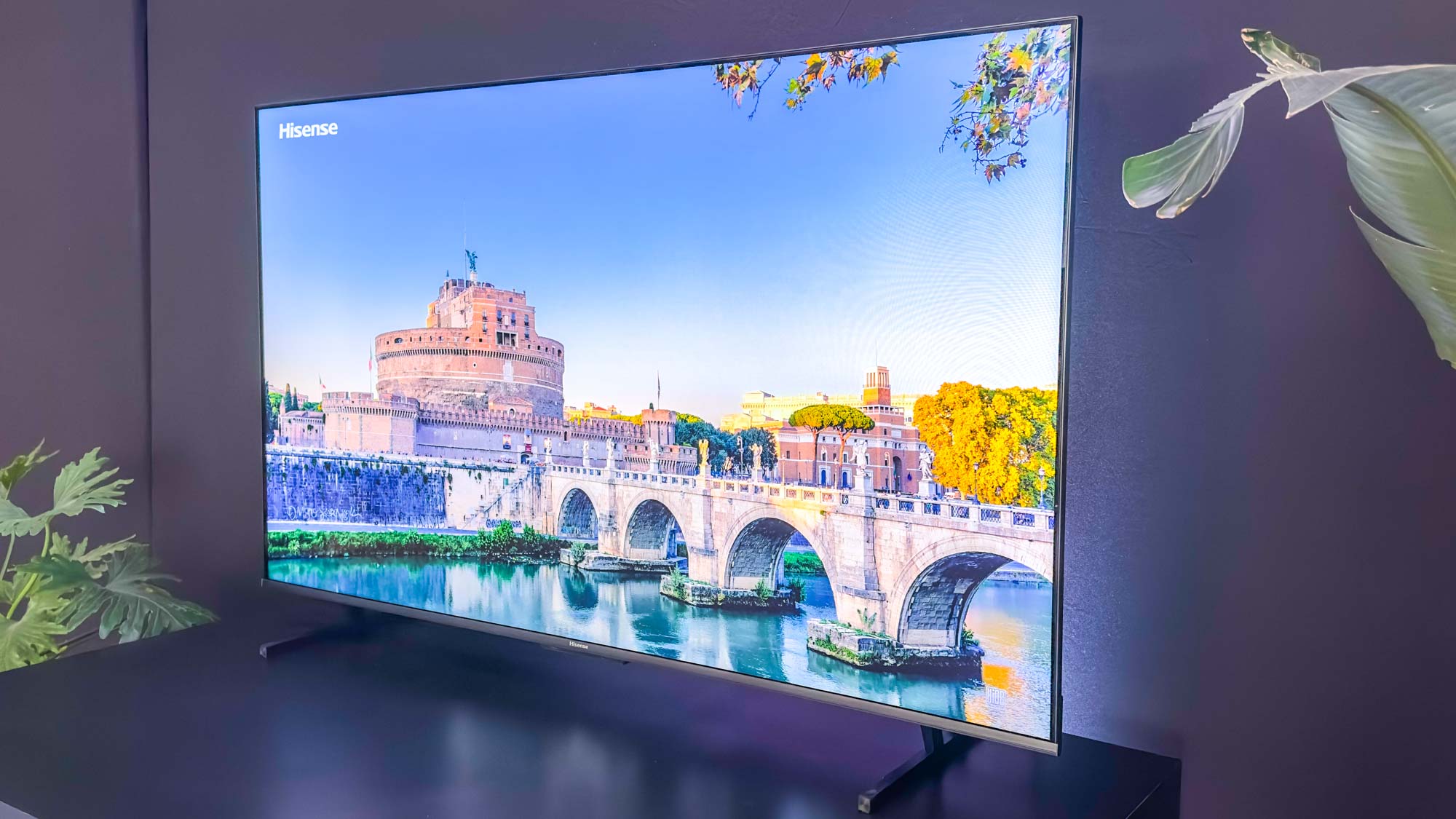
Specifications
Reasons to buy
Reasons to avoid
Much like LG’s C3 OLED, the Hisense U8K mini-LED TV is a steal of a gaming display. As of writing, prices sit at around $700 for the 65-inch model, making this a superb value as it rakes in a ton of sweet features. You can’t go wrong with a built-in ATSC 3.0 tuner, and both sound and colors on the Hisense U8K are outstanding.
But, what about gaming? Well, at 13.2ms, its input latency is quite serviceable, but certainly could be better. It has a total of 4 HDMI 2.1 inputs, more than enough I/O for all the gamers out there, and a 2.1.2 channel speaker system for arguably one of the best sound profiles on this list. It certainly has its drawbacks, but the U8K still outperforms most TVs due to its brightness, colors, and contrast ratios — plus, you just can’t beat that price point.
Read our full Hisense U8K Mini-LED TV review.
Best 144Hz TV

Specifications
Reasons to buy
Reasons to avoid
The hot new addition in town takes up after last year's most value pick and it's hard not to love both options in their own way. The LG C4 OLED, a relatively expensive new option among the best gaming TVs, provides ample coverage across all bases when it comes to the pastime. Plus, with its 144Hz capabilities, the C4 is the big ticket to the gaming scene — if only a bit out of reach for most buyers.
What allows the LG C4 OLED to stand out the most is its 9.2ms input lag in Boost mode. This makes first person shooters all the more responsive and lets you play at a breakneck pace. You're also getting some serious HDR brightness at 1049 nits, made all the better thanks to its 1.8201 Delta-E color volume. Games like Elden Ring and Rise of the Ronin will look breathtaking on the C4.
It's not among the best TVs for nothing. But do expect to pay quite a high premium at $2,699 for its 65-inch model. At least you get four total HDMI 2.1 inputs for extra coverage on all things gaming.
Read our full LG OLED C4 review.
The best 8K gaming TV

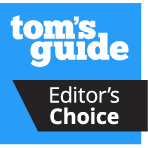
Specifications
Reasons to buy
Reasons to avoid
While even some of the best gaming PCs mostly struggle to handle 4K gaming let alone 8K gaming, there will be a future that plays primarily in the higher resolution. We might still be a ways away from that future, but as it stands the brand new Samsung QN900D offers the best platform for that mode of play — as limited as it might be right now.
You will be paying quite the premium for this high-end display, as evidenced by its higher resolution. Don't expect to see anything under around $2,000, making this upgrade the last one you'll ever need for a long time. In its gaming corner the QN900D comes equipped with four HDMI 2.1 ports, a 144Hz refresh rate, and Samsung's beloved Gaming Hub.
So it might skip out on Dolby Vision, but that's fine when you have such a massive amount of screen real estate to work with. This TV can go up to 85-inch, giving it more than enough wiggle room and just enough leeway to become the movie theater in your living room.
It has ample enough gaming potential with its 10.4ms of input latency, one of the lowest Delta-E scores on the block, plus incredible brightness of nearly 2339 nits in a 10% window. That's all on an 8K display with one of the leading platforms in home entertainment: Tizen OS. You can't go wrong with Game Pass and Nvidia GeForce Now built right into your display.
Read our full Samsung QN900D 8K QLED TV review.
How we test the best gaming TVs
We put every TV we review through a series of benchmark tests to measure different aspects of performance, like color accuracy, brightness, lag times and more. We use the results to supplement anecdotal impressions gathered through hours of hands-on evaluation, which includes everything from watching movie clips and streaming Netflix to gaming with the latest console and games.
To test actual gaming capability, we spend time using every TV with an Xbox One X, playing current titles and checking the compatibility of features on each TV. Where it makes sense to do so, we'll also adjust the TV settings to enable all of the features the console offers. In most cases, this doesn't require anything more than switching to the TV's game mode, but in some instances, we'll also need to adjust the TV's input settings to allow the full range of features to be supported, such as higher frame rates and HDR gaming capability.
When evaluating how well-suited a TV is for 4K gaming, we take a fresh look at specific test results, namely refresh rate and lag time, which both play into how well a set will display fast-paced games and handle the responsiveness they require. This is on top of our usual observations about image detail, color quality, brightness and features.
How to choose the best gaming TV for you
When it comes to picking the best 4K gaming TV, there are several factors to consider. While the advice in articles like Everything you need to know about buying a TV offer a one-size fits all approach for most TV shoppers, there are some factors that gamers need to consider differently.
Refresh rate: You'll want to check the TV's frame rate, often listed as the refresh rate. Most current TVs will offer a 120Hz refresh rate, which means that the TV refreshes the picture 120 times per second. Given that most current consoles and games top out at 60 frames per second, this is more than enough juice for most gamers. VRR (Variable Refresh Rate) now allows consoles to hit 4K 120Hz if the TV supports it, too. Current-gen consoles, like the PS5 and Xbox Series X can't go any higher than this, even as TVs are getting higher and higher specs, like 2025 flagships out of LG and Samsung that now sport 165Hz. This will only really benefit PC gamers, so if you're on the hunt for a new gaming TV and just have a console (even the PS5 Pro) you don't really need 144Hz, but it is nice to have whenever an upgrade does come along. Check out our TV refresh rates: How to see through the TV industry's biggest lie article for more info.
Lag time: The other major aspect of a good gaming TV is lag time or input latency, which encompasses the interval between an image or button press registering on the console and the resulting change displaying on screen. Measured in milliseconds, we recommend sticking to less than 20 millisecond lag times for any gaming, but more competitive gamers will want to find sets with lag times shorter than 10 milliseconds for the best performance. Several Sony TVs, ironically, tend to have some of the highest lag times while LG and Samsung TVs tend to sit under 10ms depending on the set.
Screen size: Size is another element to consider. A larger TV will fill your field of vision, making for a more immersive gaming experience. Just don't go too big; you want to be able to clearly see everything on the screen. You might also want to consider larger sizes if you intend on playing in 8K resolution in the future, though with all but two current games supporting the spec, you probably still have a long while to wait. Our guide answers the old question: What size TV do I need?
Design: One additional point to consider is the physical design of the TV. The thinner the set's bezels, the more immersive gaming and picture will be. Port placement will also be a significant factor is you need to disconnect your game system with any regularity - some TVs have easily accessible connections, but others do not, and your own setup will vary depending upon whether or not you choose to wall-mount your TV.
Smart features: Don't skimp on smart features if you plan to use your new TV outside of gaming. Smart TVs let you use your favorite apps and streaming services, mirror content from your phone or tablet, and provide a blend of online and over-the-air options for cord-cutters. Some now even have gaming platforms baked into the set, like Samsung and LG sets that come equipped with Xbox Game Pass, Nvidia GeForce Now, and more.
Price: Budgets play a pretty important role in people's decision making, which is why we include TVs that will support gaming for less than $500. These affordable options prove that you can get a great TV for 4K gaming without spending more than you paid for the console itself. Save a few bucks and go buy the game you really want to enjoy.
How to set up a gaming TV
Once you pick one of the best 4K gaming TVs above and your choice of gaming platform, you'll need to get a few details straightened out before you can enjoy high-resolution gaming.
| Console | HDMI Standard | Resolution and refresh rate |
|---|---|---|
| PS5, Xbox Series X | HDMI 2.1 | 4K @ 120Hz or 8K @ 60Hz |
| PS4 Pro, Xbox One X, Xbox One S | HDMI 2.0 | 4k @ 60Hz |
| Nintendo Switch, PS4, Xbox One | HDMI 1.4 | 1080p and 720p |
You'll also need to check your settings. On the console, enable 4K and HDR content. On the TV, you'll want to check that HDR content is accepted from external devices. For optimal color support, you'll also want to enable higher bit-rates. The specifics will vary from one TV to the next, but most manufacturers have instructions online for getting set up with a console.
Some TVs will have a special gaming mode, which will either need to be manually selected or will automatically switch on when the TV recognizes a gaming source, usually in more premium TVs. This mode will usually offer the lowest input lag, have tailored motion processing settings and will often give the color settings a boost too.
Sign up to get the BEST of Tom's Guide direct to your inbox.
Get instant access to breaking news, the hottest reviews, great deals and helpful tips.

Ryan Epps is a Staff Writer under the TV/AV section at Tom's Guide focusing on TVs and projectors. When not researching PHOLEDs and writing about the next major innovation in the projector space, he's consuming random anime from the 90's, playing Dark Souls 3 again, or reading yet another Haruki Murakami novel.
- Nick PinoManaging Editor, TV and AV
-
sstringer Your prices are wrong for the sizes listed. E.g. the 65 Samsung is $2499 at Best Buy, not $1499Reply
